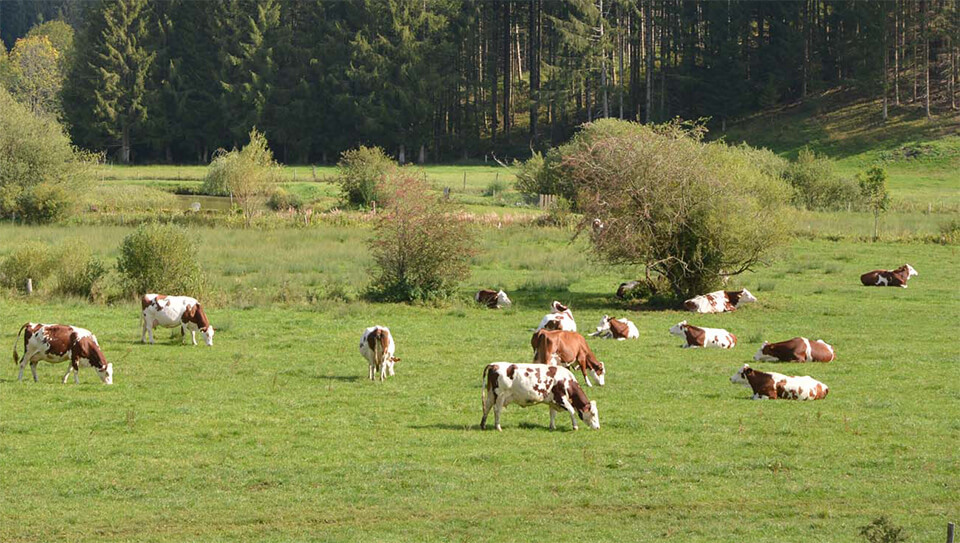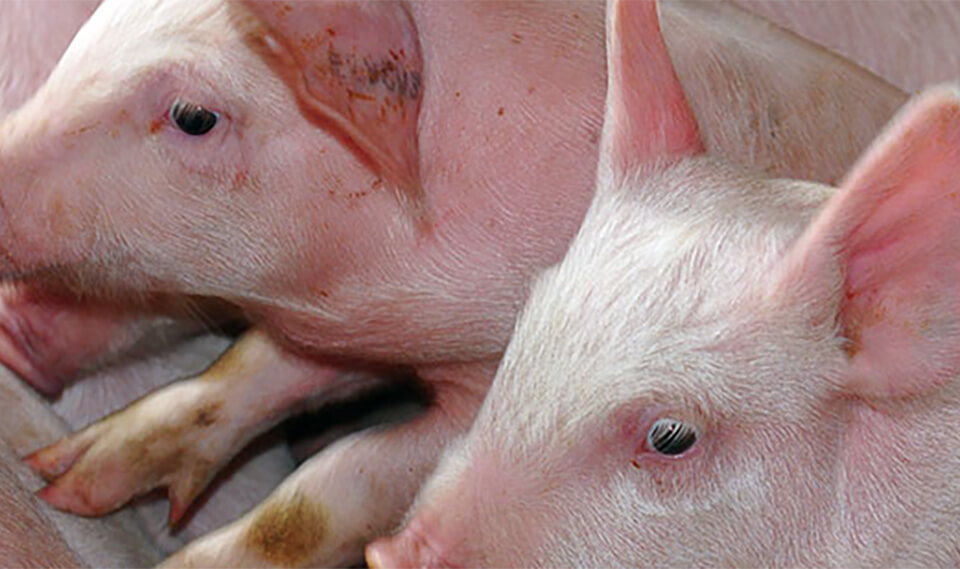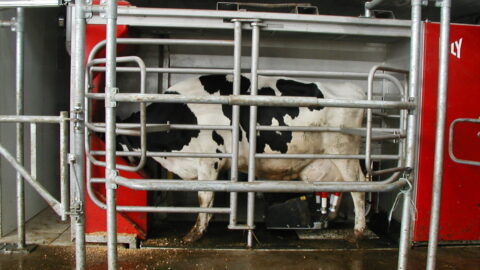Le coryza gangreneux : symptômes, lésions, diagnostic

Auteurs
Résumé
Appelé encore fièvre catarrhale maligne, le coryza gangreneux est une maladie contagieuse qui atteint de nombreux artiodactyles mais qui revêt une importance particulière chez les bovins car elle entraîne généralement la mort des animaux atteints. Due à un herpèsvirus, elle se présente sous deux formes, l’une africaine, associée au gnou, l’autre européenne et américaine, associée au mouton qui est réservoir et porteur sain du virus. Cette maladie se traduit par des symptômes généraux graves (forte fièvre, pneumonie, atteintes digestive, hépatique et rénale) et des signes cutanéo-muqueux ulcératifs qui peuvent la faire confondre avec la fièvre aphteuse. Elle n’atteint cependant qu’un tout petit nombre d’animaux à la fois, ce qui rend son importance économique très faible.
Abstract
Also called malignant catarrhal fever, the gangrenous coryza is a contagious disease which affects many artiodactyles but which takes a particular importance in the bovines because it generally results in the death of the infected ones. Caused by a herpes virus, it presents in two forms, one African, associated with the Wildebeest, other European and American, associated with the sheep which is a reservoir and a healthy carrier of the virus. This disease results in serious systemic symptoms (high fever, pneumonia, digestive troubles, hepatic and renal failure) and ulcerative muco-cutaneous signs which can make it confuse with the foot-and-mouth disease. It affects however only a very little number of animals at the same time, which makes its economical importance very low.
D'autres articles
JNGTV 2013 Page 605
Toutes espèces · Clientèle


